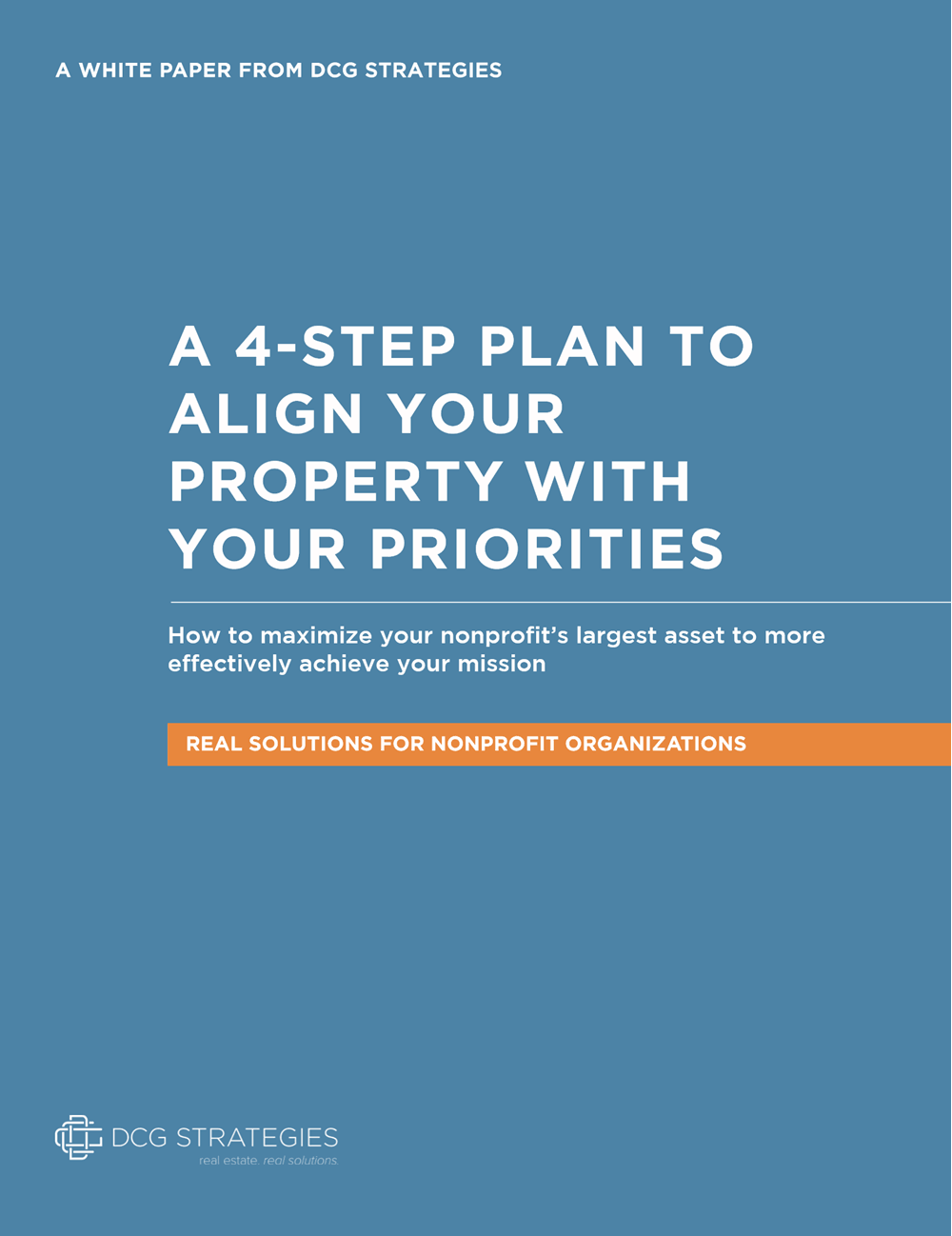In the lead up to a commercial sale, buyers may find environmental problems that make them think twice about the property. Asbestos, lead-based paint, soil contaminants, and underground storage tanks are issues that crop up. But one nasty problem that is sometimes found lurking in buildings can cause expensive problems. We’re talking about mold.
Take what happened to an Episcopal church in Schenectady, New York. After many years of trying to rid itself of persistent fungus, the church finally decided to tear down its 64-year-old building and start again with a $2.2 million project that would fix the drainage problems that were causing the mold to spread.
Then there was the elementary school in a suburb of Tampa Bay, where teachers were reporting breathing problems and the kids were coming home with earaches. It turned out that mold was growing under the desks in the kindergarten. Needless to say, the parents weren’t happy when their kids came home with notices that they were being evacuated from their classrooms.
And then there are the many lawsuits involving mold issues in the workplace. Last July in Sacramento, for example, more than 30 workers sued the California Board of Equalization for $50 million, claiming they’ve suffered respiratory problems and skin rashes while working in the headquarters. The agency has since committed to moving out of the building.
Buyers Should Look Closely for Mold
These are extreme examples, but mold can be nasty stuff. As with other environmental problems, such as underground oil tanks and asbestos, a mold issue can affect the property’s value. Buyers never want to hear that the building they spent months finding has mold problems. But if they aren’t looking closely for environmental problems, then they’re taking on extra risk for nothing in return. In foreclosures, for example, a buyer might not have the option to take a close look at a property’s problems. In return for gambling that the building is sound, the buyer usually gets the property at a reduced price. In a conventional sale, however, if a buyer skips steps in evaluating the property, they are agreeing to take home extra risk, but may not get the added return of a better price.
Plus, a buyer has nothing to fear. Even if a mold problem is uncovered, it doesn’t necessarily have to be a deal breaker. Mold is actually fairly common in buildings. When mold is confined to a small area, it can usually be removed without much expense. However, serious mold problems in larger buildings can cost more than $30,000 to remove.
Is Mold Testing Really Needed?
Finding mold presents some special challenges, however. In the case of asbestos, soil testing, and underground storage tanks, buyers typically hire specially trained inspectors who can identify if there is a problem and estimate fairly accurately how much it will cost to fix. With mold, however, there are two schools of thought. You can find many websites from certified mold inspectors that recommend testing. However, the Environmental Protection Agency and other government sites have reported that expensive testing may not be necessary. If the testing is not needed or if it’s done badly, the buyer risks wasting their money.
According to this school of thought, a buyer should do a thorough visual inspection of the property. If they see evidence of mold, they should concentrate on finding the sources of the moisture that are causing the problem, rather than testing for the types of mold and the extent of the mold growth. However, testing can be worth it to determine the cost of potentially remediating the mold.
Mold Often Indicates Other Problems
We understand the temptation to skip a visual inspection. Buyers are often excited by the prospect of closing on a property and make the mistake of missing steps. But buyers and sellers — yes, sellers, too — should look closely for mold in the building before the closing. By California law, a seller must disclose problems in a building and can face lawsuits and liabilities if serious problems are uncovered after the deal is closed. As for buyers, if a major environmental problem is uncovered and the case winds up in court, they need to prove that they did the appropriate testing or they could be on the hook for the cleanup.
Also, mold problems are usually a good tip-off of other problems in a building, such as a leaky roof, faulty plumbing, or poor drainage, which can be expensive to fix. If a buyer does discover mold in a building, they have several options, including renegotiating the terms of the deal or requiring the owner to remediate the problem before the closing. In a worst-case scenario, they can usually walk away without penalty. So it’s worth a few dollars and a few extra days to take a close look.
As always, though, a buyer shouldn’t try to go through this crucial investigative phase alone, but seek out an experienced commercial real estate consultant who understands all the potential pitfalls in a property deal.
If you are evaluating potential problems and attempting to determine the value of a new building or property, you don’t have to go it alone. You can get a thorough analysis from a consultant whose community values align with your own. Contact DCG Real Estate today to learn more.





